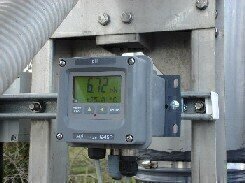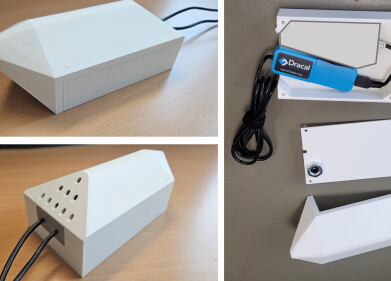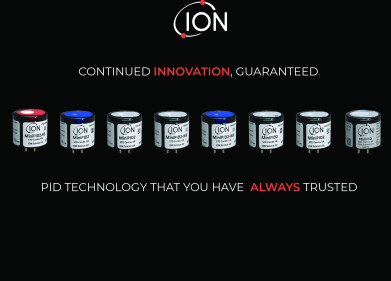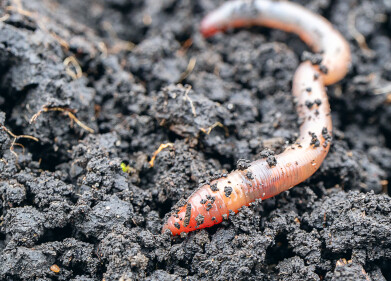Environmental Laboratory
Why does my pH Sensor not match the hand held? Or Junction Potentials and the Indirect Standardization Method
Dec 10 2009
“I’ve calibrated my on-line pH system with buffers and placed the sensor in service, however, the monitors reading doesn’t match the laboratory reading.”
Your first thought might be that one of the meters isn’t functioning properly, but the problem may be that the on-line monitor has developed a significant junction potential.
The most calibration method for pH monitors is the use of two traceable pH buffers. One buffer establishes the offset of the sensor and the second the slope. Once the system is calibrated, the sensor is ready to be placed into the process. In most cases, this is all that is needed.
If the process is drinking water, or another low-conductivity solution, the pH reading may begin to drift downward over the course of a day or so. This change in pH is attributed to a small voltage that is generated at the interface between the process and the reference junction. This is called the Liquid Junction Potential.
When a liquid with a high concentration of salt comes into contact with another liquid with a low concentration of salt, a concentration gradient is established. The natural tendency is for the salt to migrate from the high concentration solution to the low concentration solution. This is what happens in the porous junction material of the pH sensor. The reference solution diffuses out of the sensor through the reference junction until equilibrium is reached. If the process is continuously flowing past the sensor, equilibrium is never reached. However, the diffusion rate of the salt leaving the sensor reaches a steady-state condition, assuming the process conductivity and flow rate remain unchanged. This is the point where the junction potential has stabilized.
It is because of this liquid junction potential, or the need to compensate for this potential, that has led many authors to advocate a different approach to calibration. This alternative method involves an initial calibration in two pH buffers, as described above, then putting the sensor in service and allowing the junction potential to stabilize. To compensate for this potential, a grab sample is taken and measured with a laboratory meter. This new value is then used to perform a single point calibration on the process meter. This procedure is referred to as the Indirect Standardization.
Not only have experts in pH monitoring advocated the use of this method, the American Society for Testing and Materials (ASTM) has also included this in Method D 1293, Test Method B – Routine or Continuous Measurement of pH. The Indirect Standardization “…is to be employed when it is not convenient or practical to remove the electrodes from the flowing stream or container on which the pH is being determined.”
For pH applications where a large junction potential exists, it is not practical to remove the sensor and recalibrate it with pH buffers because this does not compensate for the liquid junction potential. The Indirect Standardization method removes the effect of this potential and helps you achieve a reliable pH measurement.
Digital Edition
IET 34.2 March 2024
April 2024
Gas Detection - Biogas batch fermentation system for laboratory use with automatic gas analysis in real time Water/Wastewater - Upcycling sensors for sustainable nature management - Prist...
View all digital editions
Events
May 13 2024 Munich, Germany
May 15 2024 Lund, Sweden
May 15 2024 Frankurt-am-Main, Germany
May 20 2024 Columbus, OH, USA
May 21 2024 Lagos, Nigeria


















